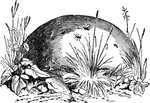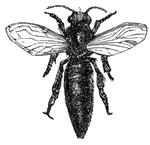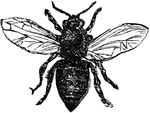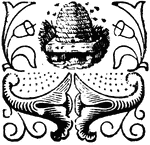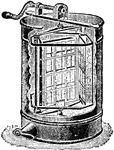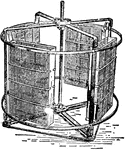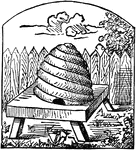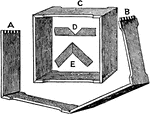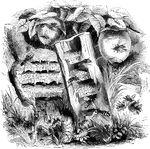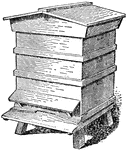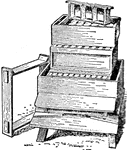Clipart tagged: ‘hive’
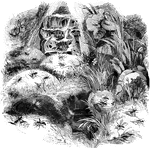
Ants and Their Structures
"This tribe, which includes the various kinds of Ants, is composed entirely of insects which live in…

Drone Bee
"Bee is the common name given to a large family of hymenopterous or membranous-winged insects, of which…
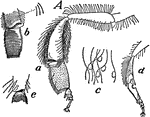
Legs of the Hive Bee
Honey bees (or honeybees) are a subset of bees, primarily distinguished by the production and storage…
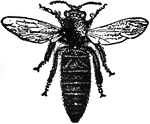
Queen Bee
"Bee is the common name given to a large family of hymenopterous or membranous-winged insects, of which…

Worker Bee
"Bee is the common name given to a large family of hymenopterous or membranous-winged insects, of which…

Working Bees
""The working bee, for collecting wax, enters a flower, the stamens of which are loaded with pollen.…
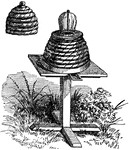
Beehive
"Simple form of the Bee-hive, With cap removed to show glass top." — Chambers' Encyclopedia, 1875

Bees Secreting Wax
"The secretion of wax, it would appear, goes on best when the bees are in a state of repose, and the…
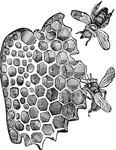
Cells of Honey Bees
"The hexagonal cells for the honey are build upon precisely that mathematical angle which affords the…

Nest of the Carder Bee
"The elevation of the dome, which is all built from the interior, is from four to six inches above the…
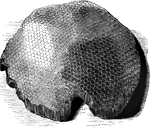
honey-comb
"The comb is made of wax, found in various plants, but which is also secreted by the bees themselves…

Hornets and Nest
"The Hornets resemble the Wasps in their habits, but but they are noted for their spitefulness and the…
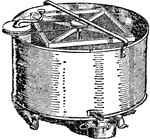
Hruschka Extractor
"Hruschka's extractor, first brough to public notice in 1865, may be said to have revolutionized the…
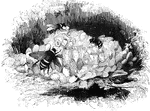
Interior of the Humble-Bee's Nest
"The Humble-bees, or as they are often called in this country, the Bumble-bees are…
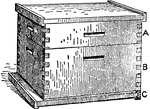
Langstroth Hive
"The typical hive of America is the improved Langstroth, which has no other covering for the frame tops…

Royal Cells
"Bee is the common name given to a large family of hymenopterous or membranous-winged insects, of which…

Stewarton Hive
"A hive largely and successfully used in Scotland, it is octagonal, and the "Quinby hive" of America…
